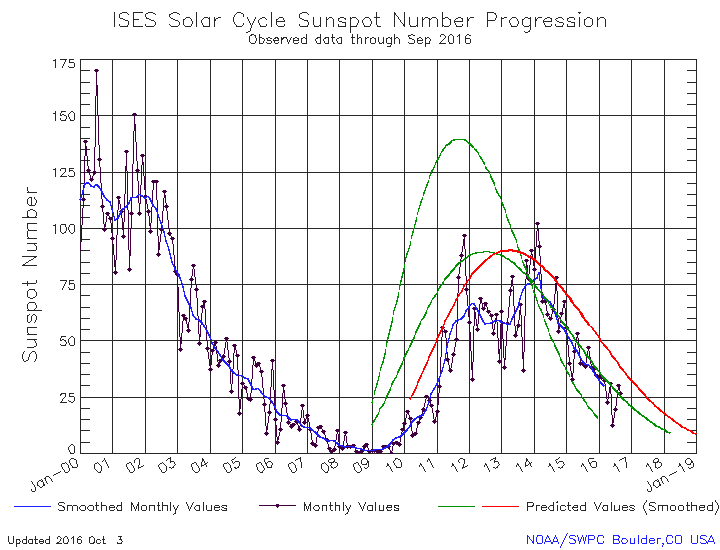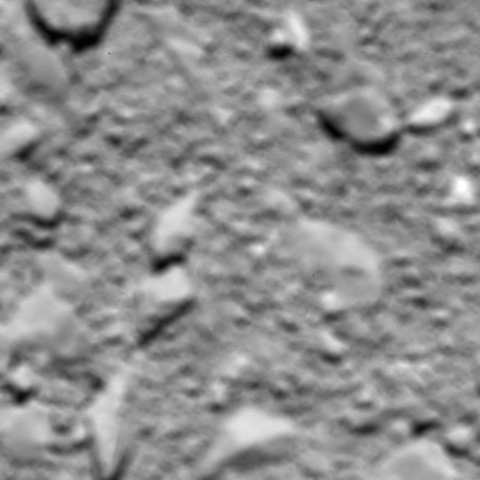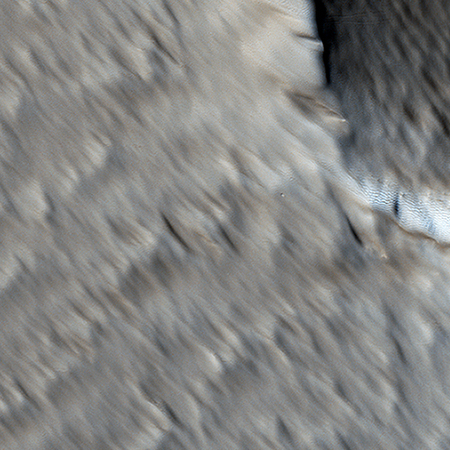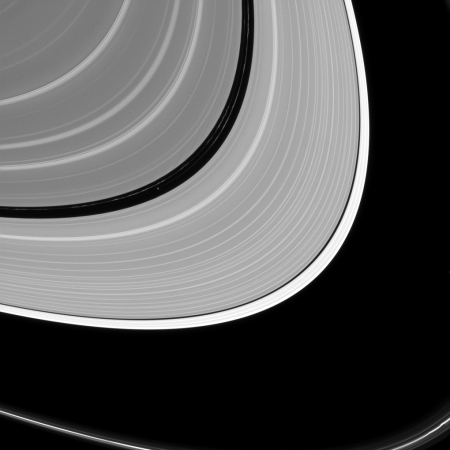Ten times more galaxies than previously believed
The uncertainty of science: A new analysis from Hubble and other telescope data suggests that the universe actually contains ten times more galaxies than previously estimated, several trillion instead of the past estimate of 100 to 200 billion.
I would not bet much money on this conclusion. I suspect that further research will find even more galaxies, since our deep observations of the universe are at the moment confined to a mere handful of Hubble deep field images that cover only a few tiny specks of space.
This new analysis however did confirm previous estimates that suggest the universe has evolved and changed significantly over time.
In analysing the data the team looked more than 13 billion years into the past. This showed them that galaxies are not evenly distributed throughout the Universe’s history. In fact, it appears that there were a factor of 10 more galaxies per unit volume when the Universe was only a few billion years old compared with today. Most of these galaxies were relatively small and faint, with masses similar to those of the satellite galaxies surrounding the Milky Way.
These results are powerful evidence that a significant evolution has taken place throughout the Universe’s history, an evolution during which galaxies merged together, dramatically reducing their total number. “This gives us a verification of the so-called top-down formation of structure in the Universe,” explains Conselice.
The uncertainty of science: A new analysis from Hubble and other telescope data suggests that the universe actually contains ten times more galaxies than previously estimated, several trillion instead of the past estimate of 100 to 200 billion.
I would not bet much money on this conclusion. I suspect that further research will find even more galaxies, since our deep observations of the universe are at the moment confined to a mere handful of Hubble deep field images that cover only a few tiny specks of space.
This new analysis however did confirm previous estimates that suggest the universe has evolved and changed significantly over time.
In analysing the data the team looked more than 13 billion years into the past. This showed them that galaxies are not evenly distributed throughout the Universe’s history. In fact, it appears that there were a factor of 10 more galaxies per unit volume when the Universe was only a few billion years old compared with today. Most of these galaxies were relatively small and faint, with masses similar to those of the satellite galaxies surrounding the Milky Way.
These results are powerful evidence that a significant evolution has taken place throughout the Universe’s history, an evolution during which galaxies merged together, dramatically reducing their total number. “This gives us a verification of the so-called top-down formation of structure in the Universe,” explains Conselice.




